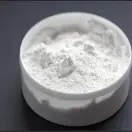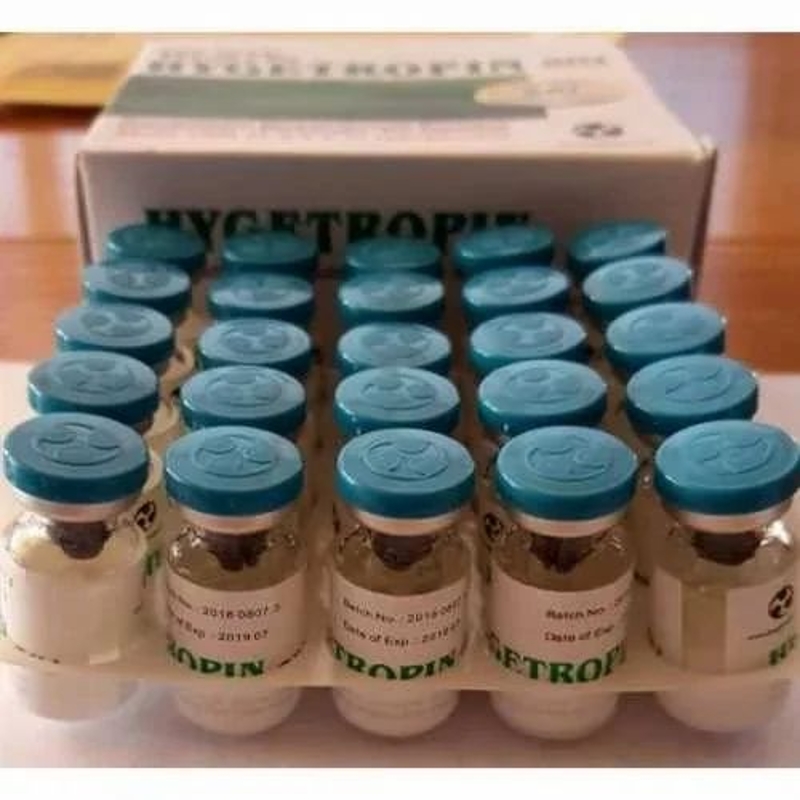-
Categories
-
Pharmaceutical Intermediates
-
Active Pharmaceutical Ingredients
-
Food Additives
- Industrial Coatings
- Agrochemicals
- Dyes and Pigments
- Surfactant
- Flavors and Fragrances
- Chemical Reagents
- Catalyst and Auxiliary
- Natural Products
- Inorganic Chemistry
-
Organic Chemistry
-
Biochemical Engineering
- Analytical Chemistry
-
Cosmetic Ingredient
- Water Treatment Chemical
-
Pharmaceutical Intermediates
Promotion
ECHEMI Mall
Wholesale
Weekly Price
Exhibition
News
-
Trade Service
Background: The rate of dissolution of any poorly water-soluble active compound ultimately determines the rate of absorption and thus oral bioavailability
.
According to the biopharmacy classification system (BCS), the dissolution of class II drugs (low solubility and high permeability) is considered a rate-limiting phase, affecting the onset of action in vivo and the intensity
of pharmacological action.
The second-generation sulfonylurea gliclazide (GCZ) [1-(3-azabicyclo(3,3,0)octyl-3-yl)-3-(p-toluenesulfonyl)urea] altered the treatment
of type 2 diabetes/non-insulin-dependent diabetes mellitus (NIDDM).
It is a potential drug that has significant free radical-scavenging activity in vitro and slows the progression of
diabetic retinopathy.
GCZ has an uncertain and delayed absorption rate because it is a class II drug with poor water solubility (0.
19 mg/ml), as well as poor water wetting capacity, resulting in considerable within- and inter-subject variability
.
Due to the poor solubility of the standard dosage form on the gastrointestinal membrane and the presence of large first-pass metabolism, the absorption rate of this molecule is slow, resulting in difficulty
in oral administration.
In order to improve the solubility and dissolution rate of GCZ, several attempts
have been made.
These include solid dispersions prepared by various methods, complexation, ordered mixtures using water-soluble carriers such as mannitol and lactose [7], and micelles
using cationic and anionic surfactants.
It has also been reported that when GCZ is suspended in polyethylene glycol 400 filled with soft gelatin capsules, its oral absorption is enhanced
.
On the other hand, nanoparticles containing chitosan, euragie for sustained release, floating seaweed beads, and lipid-based nanopreparations
have been reported.
Nanomedicines offer significant benefits
in addressing bioavailability and targeting capabilities.
The absolute bioavailability of the modified release tablets has been reported to be 97%.
In situ micronization of GCZ with different stabilizers results in faster thermodynamically stable dissolved crystals
.
Nanocrystals and nanosuspensions (NS) have also been reported
.
Various studies have reported that the solubility of GCZ increases through different mechanisms, leading to increased wettability, smaller particle size, and transformation of the drug into an amorphous state
.
However, while all of these techniques have certain advantages in terms of solubility, dissolution, drug load, and bioavailability, many of them have significant drawbacks, such as the use of expensive specialty excipients, drug leakage, and scalability challenges
that make them unsuitable.
Therefore, due to these significant advantages, converting drugs to NS (also known as nanocrystals) may be a promising option
.
The preparation of NS is another widely accepted method
to improve the solubility and dissolution of drugs in low water soluble drugs.
In addition, NS is effective
in increasing drug bioavailability and reducing inter-individual variability as well as rapid feeding variability.
NS is a simple, scalable and economical way
of production.
In addition, the effect of
the preparation on drug absorption and intestinal permeability has not been previously studied.
Objective: This study aims to develop NS by solvent-anti-solvent precipitation method to improve bioavailability by improving the dissolution of drugs
.
In this paper, the effects of
different stabilizers used alone and in combination at different concentrations are investigated through experimental design.
In order to obtain a stable system, the effects of
drug and stabilizer concentrations and ultrasonic parameters were investigated.
Prescriptions were characterized
by infrared spectroscopy (FT-IR), field emission scanning electron microscopy (FESEM), and differential scanning calorimetry (DSC).
In vitro dissolution, intestinal permeability and pharmacokinetic studies
were carried out.
In addition, the antidiabetic activity of male Wistar rats with normal blood glucose was evaluated
.
Methods: A three-factor, three-level Box-Behnken design (BBD) was used to examine the effects of
major formulation factors (drug concentration, stabilizer and surfactant %) on particle size.
Results: The optimized NS drug content was 29.
6 mg/mL, lecithin content was 0.
739%, and sodium dodecyl sulfate content was 0.
216%.
Under a scanning microscope, the topography of the NS shows spherical particles
.
In addition, NS has a better saturated solubility than pure materials, which results in a rapid dissolution rate, which is related to
the amorphous structure and smaller particle size of NS particles.
Studies of intestinal permeability by in vitro non-ectropus cystic method (duodenum, jejunum, ileum) and single intestinal permeability (SPIP) technology have shown that effective permeability has also increased by more than
3 times.
In pharmacokinetic studies, theCmax and AUC0-t values of NS are approximately 3.
35- and 1.
9 times
that of the original drug and marketed formulation (MF).
Table 1 Influencing factors
of experimental design.
Table 2.
QTPP and CQA selection and adjustment
.
Fig.
1 Effect
of the ratio of organic phase to solvent resistant phase on particle size and PDI.
Figure 2 Selection
of stabilizers during the preparation of gliclazide nanosuspension.
Figure 3.
Surface response and contour plot
related to particle size.
Figure 4: Design space and verification
Conclusion: Compared with common drugs and commercial formulations, the hypoglycemic effect of NS is significant
.
Sampathi S, Prajapati S, Junnuthula V, et al.
Pharmacokinetics and Anti-Diabetic Studies of Gliclazide Nanosuspension.
Pharmaceutics 2022 Sep 14; 14(9)







